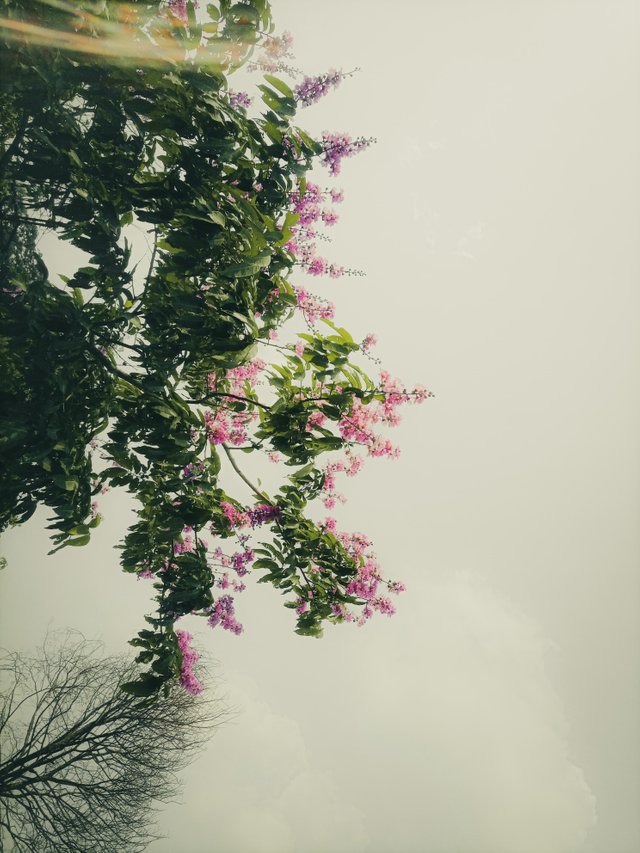Flowers are one of nature's most beautiful and diverse creations, captivating people across cultures and generations. They serve various purposes, from attracting pollinators to providing food and habitat for wildlife. Botanically, a flower is the reproductive structure found in flowering plants (angiosperms), and it plays a crucial role in the plant's life cycle.

Flowers come in an astonishing array of shapes, sizes, and colors, each adapted to attract specific pollinators, such as bees, butterflies, birds, and even bats. This diversity not only enhances the aesthetic appeal of gardens and landscapes but also contributes to the ecological balance by supporting biodiversity.

In addition to their ecological roles, flowers hold significant cultural and symbolic meanings. Different flowers are often associated with various emotions and occasions. For example, red roses symbolize love and passion, while lilies are often associated with purity and renewal. Flowers are commonly used in celebrations, such as weddings and birthdays, and are also used to express condolences and sympathy.
Furthermore, flowers have inspired countless works of art, literature, and music throughout history, reflecting their profound impact on human culture. Whether admired in a wildflower meadow, cultivated in a garden, or given as a heartfelt gift, flowers continue to bring joy and beauty to our lives.